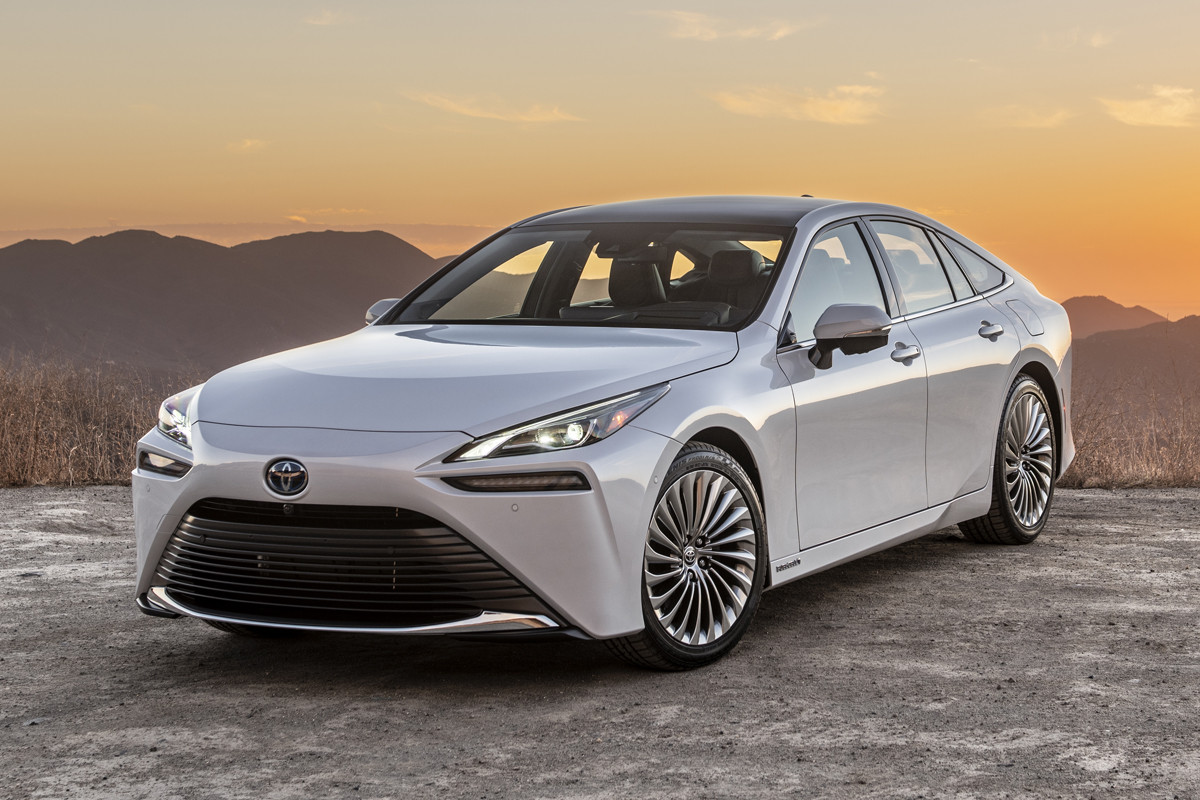
Despite this, the Japanese company intends to continue developing the direction of hydrogen cars, but in the commercial vehicle sector.
Sales of the Toyota Mirai in Japan began at the end of 2014, then the “hydrogen car” appeared in other markets. The model changed its generation at the end of autumn 2020, and in December of the same “Covid” year, the new sedan reached dealers in the home market. True, the change in generation of the Mirai did not help: in both the first and second generations, sales of the four-door turned out to be very modest.
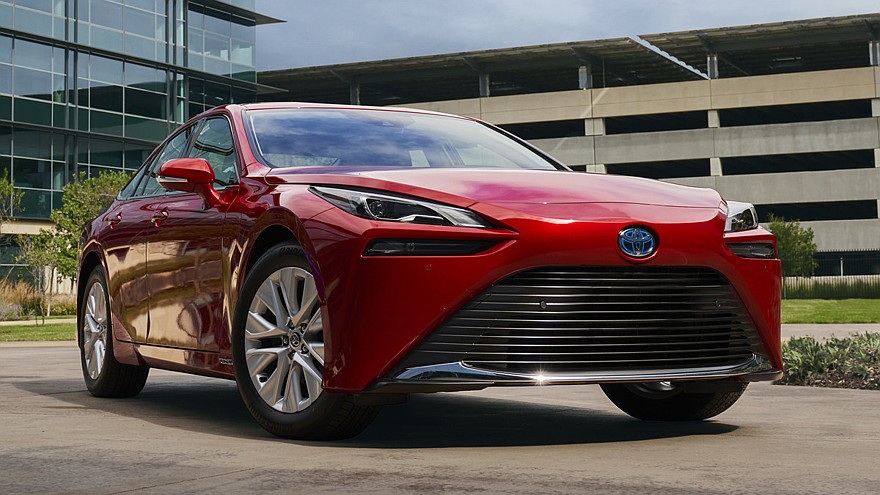 In the photo : current Toyota Mirai sedan
In the photo : current Toyota Mirai sedan
It is known that the total sales of the first generation Toyota Mirai from year to year did not exceed 2 thousand units. The most successful year for the hydrogen sedan was 2021, but in 2022 the figure again barely exceeded the two thousand mark. This year, the figure has increased: from January to September, Toyota dealers sold 2,604 four-door cars, which is 80% more than in the nine months of 2022.

As the British Autocar reports, citing Toyota technical director Hiroki Nakajima, the company admitted that sales of the Mirai “were not successful.” Obviously, the hydrogen sedan will not have a third generation. According to a Toyota representative, the sales problem arose due to the lack of a sufficient number of hydrogen filling stations. As Motor1 reports, citing data from the US Department of Energy, there are only 57 points for refueling cars with hydrogen in the US, and all of them are in California.

Despite the Mirai's weak sales, Toyota has no plans to abandon the technology itself. According to Hiroki Nakajima, hydrogen as a fuel is more suitable for vehicles that “mainly move between two points,” we are talking about commercial vehicles. He explained that such vehicles, which most often move along certain routes, will be much easier to provide with stable refueling options. By the way, a little earlier, Toyota and Isuzu announced that they would jointly develop light trucks powered by hydrogen fuel cells. There are no details about their “filling” yet.
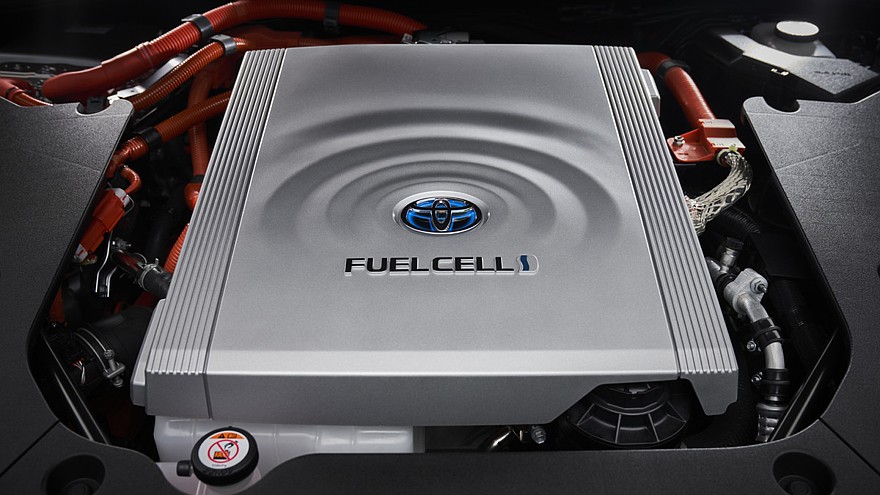
Let us remind you that the current Toyota Mirai is based on a rear-wheel drive version of the TNGA (GA-L) modular platform. Hydrogen for the fuel cells is contained in three cylinders: two are located in front of the rear axle, and the third is behind it. The lithium-ion battery is mounted vertically between the rear axle shock absorber struts. The power reserve is 850 km (when calculated using the JEVS method).
The power of the electrochemical generator located under the hood of the second generation Toyota Mirai is 174 hp. The drive is driven by one electric motor, which is located on the rear axle; its output is 182 hp and the maximum torque is 300 Nm.
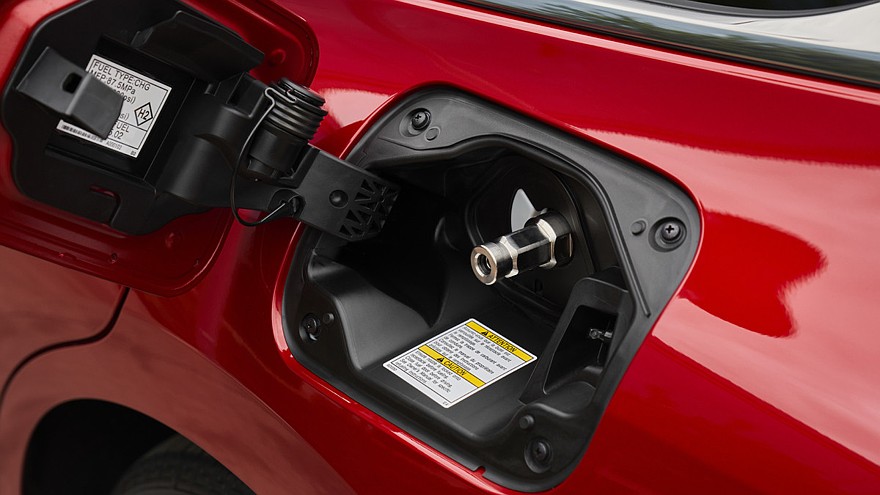
Honda previously introduced a fuel cell crossover based on the CR-V. It is known that this version of the SUV will be presented in the USA and Japan, and market entry is planned for next year. It is possible that the Honda CR-V FCEV will also have to face modest sales due to the lack of gas stations.










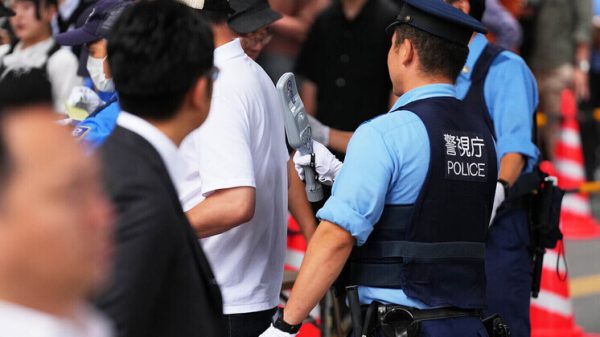




































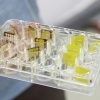


Свежие комментарии